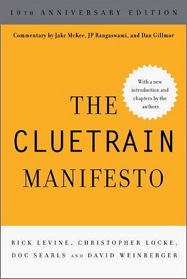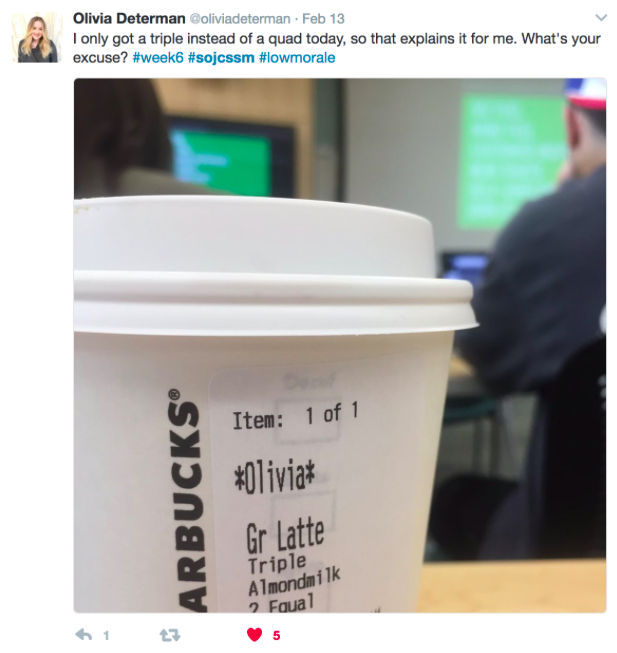Cluetrain Manifesto & The Long Tail Theory
By: Polly and Margaret | Department
The search for Twitter worthy content began on Google. With the Long Tail Theory it was harder to find more modern content. For example we found more informational material and definitions as opposed to article content. We both quoted Anderson and had the same themes flowing. However, Polly found an interesting article “Poking Holes in the Long Tail Theory,” on Techcrunch, which is extremely interesting. When learning about a topic it is interesting to also find the counter argument and that’s what this article does in some respects.
We were able to find more content on The Cluetrain Manifesto such as opinion pieces on the relevancy of The Cluetrain Manifesto today. I think both Polly and I were able to spark a bit more conversation with this topic.
With Polly’s help we were able to get a Skype conversation with David Weinberger, an author of the Cluetrain Manifesto. With this conversation we were able to get an edited, more modernized take on the Cluetrain. Many of the core values from the 95 These and New Clues hold true today. We had an overwhelming amount of class involvement on Twitter once Weinberger joined the conversation. We saw his comedic personality shine through as he used examples from today’s popular companies like Comcast, to describe a new take on The Cluetrain Manifesto. A moment that stuck with our class in particular was Weinberger’s mention that the basic architecture of the internet aligns with human nature. Many students in J412 SOJCssm tweeted about this. We think this notion is one that many of us can relate to, although the internet has shifted so much over the past two decades.
You can find the conversation with our class hashtag #SOJCssm.


